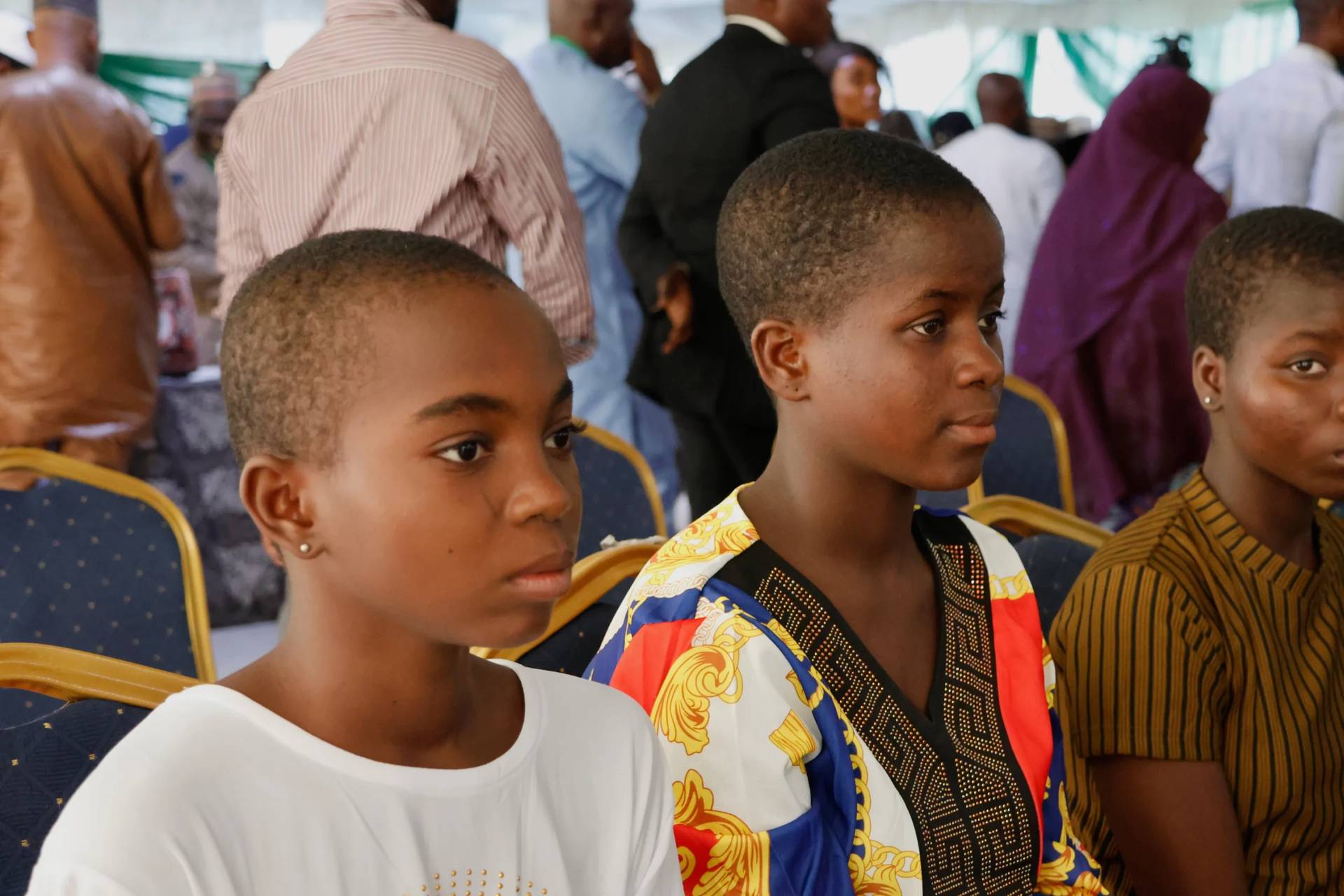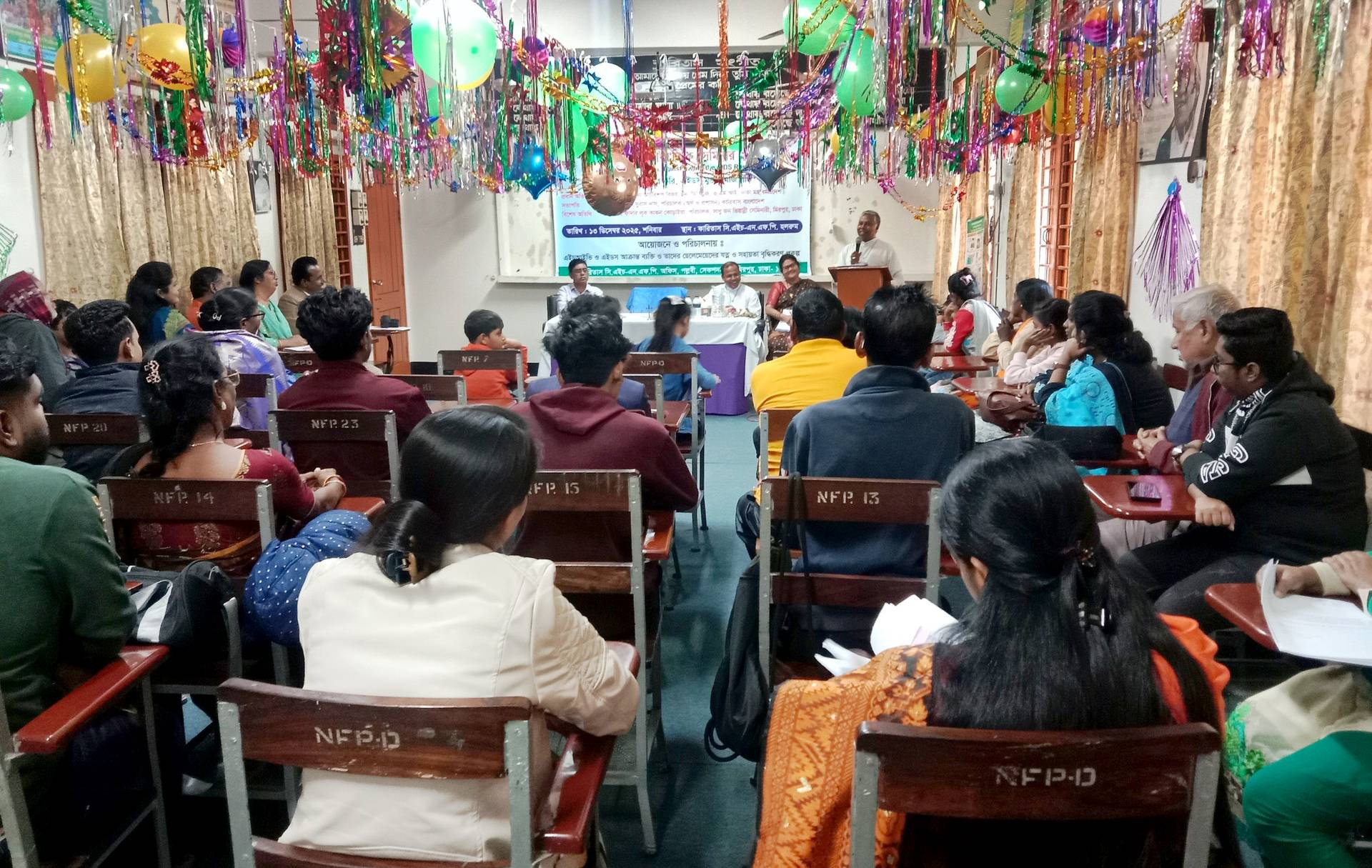YAOUNDÈ, Cameroon – Facing the leading cause of death of young women in developing nations such as Zambia, which is maternal mortality, the overseas development arm of the U.S. bishops says the first phase of a new project to reduce the mortality rate has cut maternal deaths by as much as fifty percent in some districts.
In a Dec. 26 statement, Catholic Relief Services reported that the initial phase of the project ran from 2020 to 2023, with impressive results.
“During the first phase, maternal deaths in primary health facilities were reduced by 50 percent, stillbirths were reduced by 30 percent, while early antenatal care bookings increased from 34 to 47 percent,” the group said.
The statement noted that a second phase, which was launched in October and will run until 2026, will expand coverage to “two additional districts and 20 more health facilities, reaching a total of 50 health facilities.”
Zambia, a nation of roughly 20 million people in southcentral Africa, is overwhelmingly Christian and approximately 20 percent Catholic. The CRS project is called Mayi na Mwana, which means “mother and child” in the local Chewa language.
In an exclusive interview with Crux, CRS’s Project Manager for the initiative in Zambia, Moses Chirwa, said the aim of the project is “to continue reducing maternal and newborn mortality and morbidity in both old and new sites.”
The following are excerpts of that interview.
Crux: How serious is the problem of maternal mortality in Zambia, and across Southern Africa?
Chirwa: Maternal deaths are the leading cause of dying for young women in developing countries like Zambia. According to the Zambia Demographic and Health Survey of 2022, Zambia’s current maternal mortality ratio is 252 per 100,000 live births, a ratio way higher than the desired SGD number 3 of less than 70 per 100, 000 live births.
Many of the women dying due to pregnancy and its complications are the less educated and less privileged mothers. The country records an average of 14 to 16 maternal deaths every week. In 2020, the country recorded 755 maternal deaths.
What factors contribute to women dying while giving life?
Causes of maternal deaths are attributed to both patient and health facility factors. These are split into three using the “3D” model (first, second, and third delay).
One of the major factors contributing to maternal deaths is the first delay, meaning delayed decision-making to get to the hospital during emergencies. The main cause of this delay is the lack of education about pregnancy and its complications. Women sometimes wait for their spouses to decide for them while others wait until the condition worsens. Delayed decision-making also results in delayed booking for antenatal care (ANC) with some women not attending ANC. Other women attend few ANC visits putting them at risk of maternal death.
The second delay is about delayed access to transport to the facility. This is more common in rural and peri-urban populations where access to emergency transport is limited. Bad road networks also contribute to this delay. Many women also fail to access transport during emergencies due to a lack of funds. The delays place women at risk of delivering at home and increase their risk of dying from pregnancy-related complications.
Lastly, the other major contributing factor is the third delay, which are delayed interventions by health workers. This is quite often due to inadequate skills by health workers and inadequate medical supplies to institute appropriate care for women. Due to limited capacity in handling emergencies, most of the health facilities refer these women to higher-level facilities causing further delays and resulting in maternal deaths.
Catholic Relief Services is running a project to reduce maternal deaths in Zambia known as the “Mayi na Mwana.” The first phase of the project ran from 2020 to 2023. How successful were you?
Mayi na Mwana scored great success through interventions targeting the 3 delays. Mayi and Mwana improved early ANC booking within the first trimester of pregnancy from 34 to 37 percent. Interventions also saw a significant reduction in maternal deaths for primary health facilities such as health posts, health centers, and district hospitals by 50 percent. The number of stillbirths also reduced by 30 percent.
These successes were achieved through both community and health facility strategies. For example, Mayi na Mwana helped set up Health Emergency Transport Committees (HETCs) across 30 sites and provided each HECT with a community motorized motor tricycle ambulance. This strategy helped address transport challenges (second delay) during maternity emergencies.
Mayi na Mwana II also trained and equipped 1459 community volunteers. These volunteers reached out to their communities with health promotion messages on pregnancy, labor, and breastfeeding. The volunteers also held over 14,100 community meetings on maternal and child health. Mayi na Mwana further trained 60 health workers in Emergency Obstetrics and Newborn Care (EmONC). Mayi na Mwana also provided clinical mentorship in EmONC to staff at its sites. These were the main strategies that resulted in reduced maternal and perinatal deaths.
You now have funding for the second phase of the project. What objectives do you want to attain?
Mayi na Mwana II has scaled up to 23 more new sites. The aim is to continue reducing maternal and newborn mortality and morbidity in both old and new sites. It also aims to enhance resilience for maternal health in the communities we serve. We are introducing the concept of maternal mental health which will mainly target new mothers.
Mayi na Mwana II will set up HETCs in 20 new sites so that the second delay causes of maternal deaths are tackled. To enhance sustainability, it will help HETC register as cooperatives so that they can access constituency development funds within their locations. These funds will help HETC with operational costs for community ambulances. We will also continue working with community volunteers to foster positive behavioral change for maternal and child health.
What is the possibility of scaling the project across several Southern African Countries?
Mayi na Mwana has also been benefiting women from Mozambique who access ANC and delivery services from Zambia. With more funding, Mayi na Mwana can extend into Mozambique and Malawi, the two countries that border the eastern province of Zambia.

















